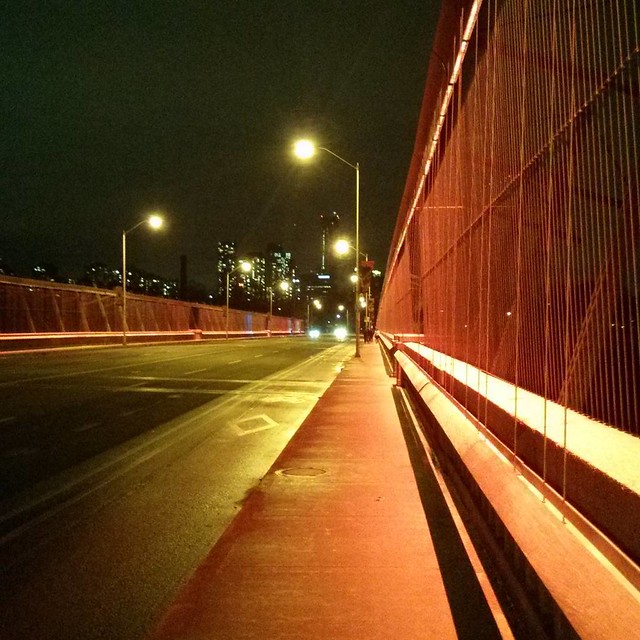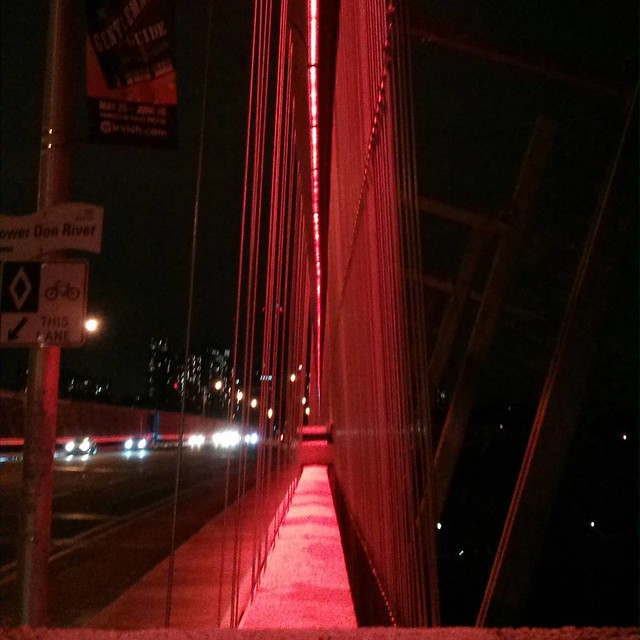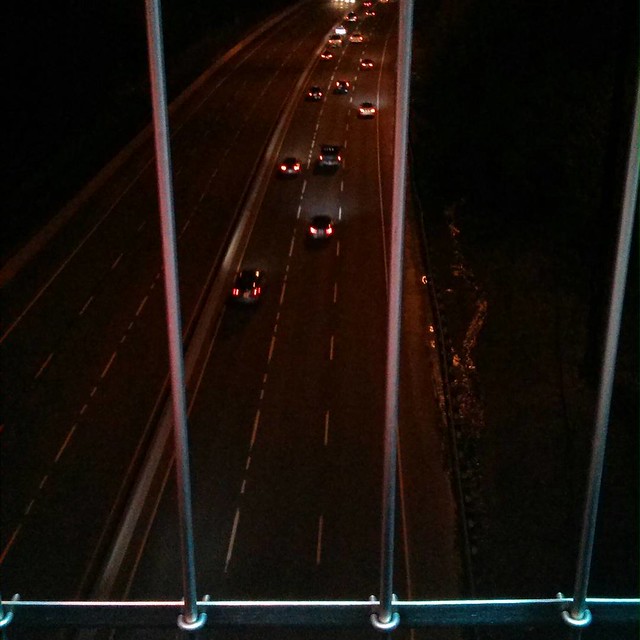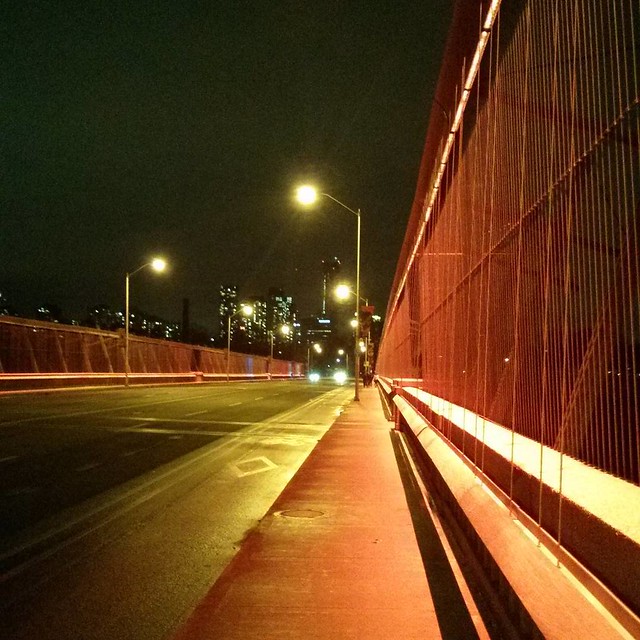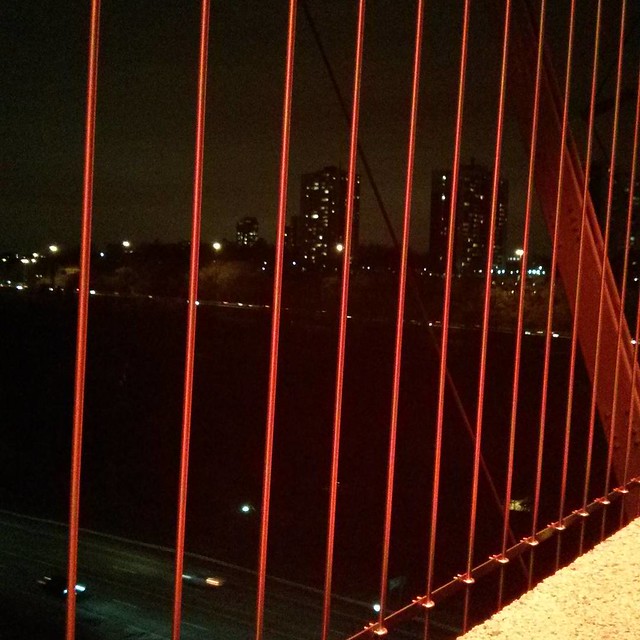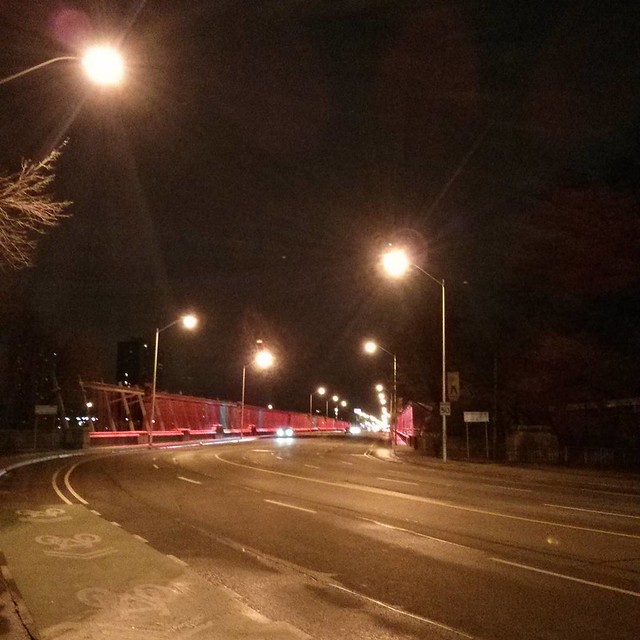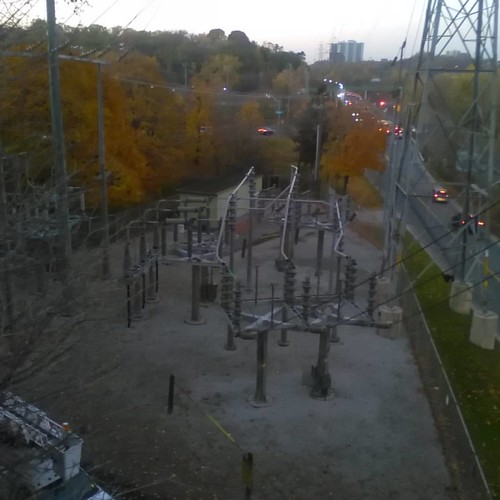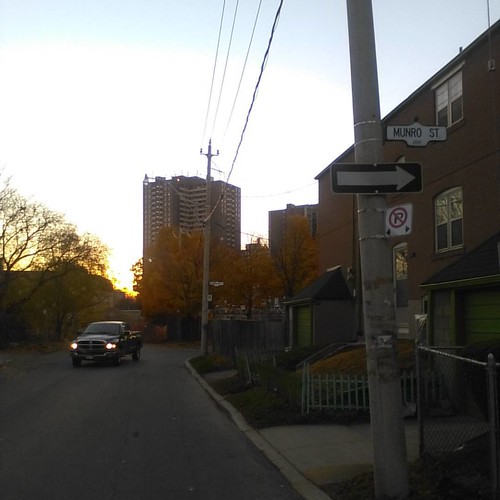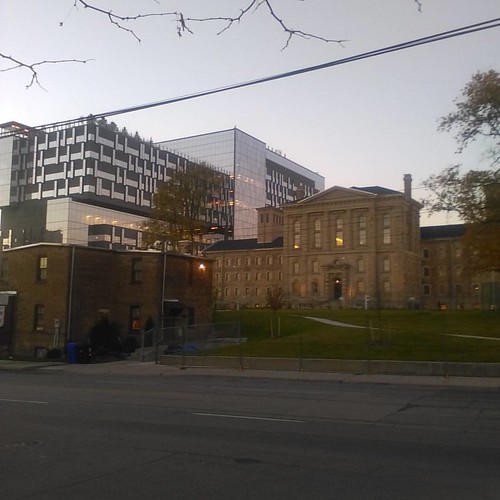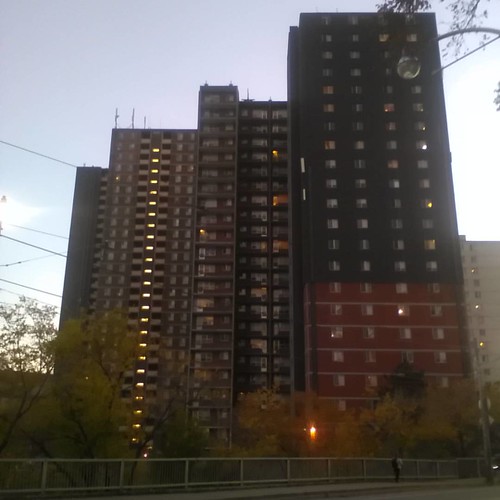On this chill afternoon one day after Hallowe'en night, it struck me as entirely appropriate to go through photos I had taken of the Toronto Necropolis one fine warm fall afternoon, bright with sunshine and green with life. The Necropolis is a solemn memorial, but it is also an enjoyable park. More people should visit, I think, to enjoy this space, with remarkable individual graves embedded in the great sweep of life that has sprung up above this commemorated death on Cabbagetown's slopes above the Don Valley.


























































